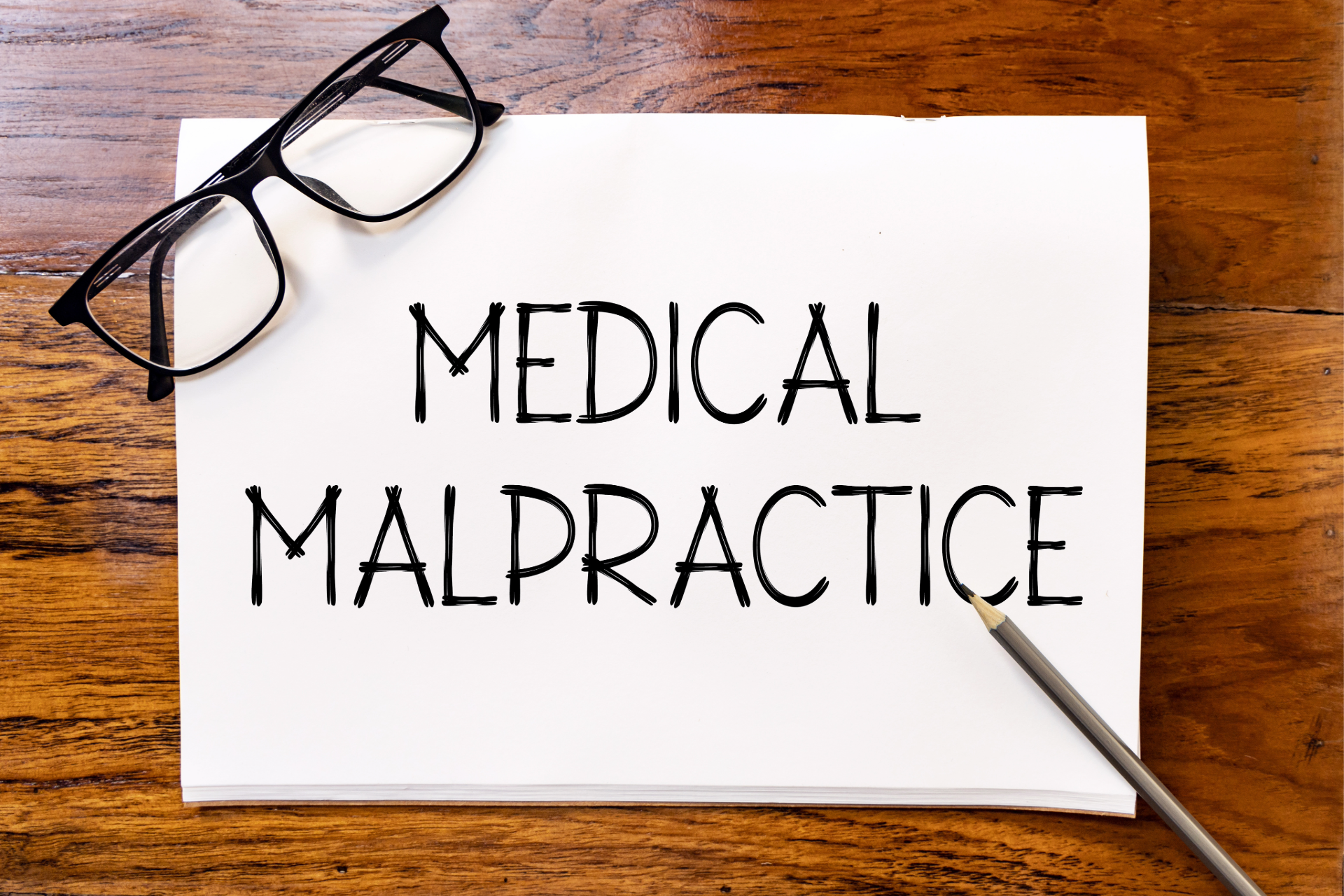Understanding Medical Malpractice: Top Must-Know Facts
When Healthcare Hurts: Understanding Medical Malpractice Claims
Medical malpractice claims emerge from scenarios that are every patient’s worst fear. Entrusting one’s health into the hands of professionals only to be met with negligence or harm can be devastating. These legal claims provide a pathway for patients to seek redress and accountability when the standard of medical care falls below acceptable norms. Understanding these claims is crucial for both patients and healthcare providers as they navigate the complexities of medical treatments and the responsibilities involved.
What is Medical Malpractice?
Medical malpractice occurs when a healthcare professional deviates from the standards of practice in their field, leading to patient harm. This can include errors in diagnosis, treatment, aftercare, or health management. To establish a case, the claim must demonstrate that the negligence by the medical professional caused injury or harm that was otherwise preventable.
For a medical malpractice claim to be viable, several key elements must be proven:
- Duty of Care: The healthcare provider must have had a duty to provide care to the patient.
- Breach of Duty: There must be a breach of the standard of care that is recognized by the medical community as being appropriate under the circumstances.
- Causation: It must be shown that the breach of duty directly caused the injury or worsening condition.
- Damages: Lastly, the patient must demonstrate that they suffered specific damages due to the negligence. These can include physical pain, mental anguish, additional medical bills, and lost earning capacity.
The Process of Filing a Malpractice Claim
Navigating the process of a medical malpractice claim can be daunting. The first step is typically a consultation with a legal professional who specializes in malpractice cases. This lawyer will evaluate the claim to determine its strength and viability based on medical records, expert testimony, and other relevant documents.
Following the initial review, if the case is deemed viable, the attorney will file a lawsuit. This marks the beginning of a lengthy process that involves discovery, where both sides investigate the claims and defenses. Medical experts may be required to testify about the standard of care appropriate for the given situation and whether that standard was breached.
Statute of Limitations in Medical Malpractice
An important aspect to be aware of is the statute of limitations for these claims, which varies from state to state. This typically ranges from one to three years from the time the patient discovers or should have discovered the injury. Understanding these time constraints is crucial because failing to file within the window can permanently bar your claim.
Challenges and Misconceptions
Pursuing a medical malpractice lawsuit is not without its challenges. One major hurdle is the medical and legal complexity involved, which makes these cases expensive and time-consuming. Moreover, the necessity of proving all elements of negligence can be a high bar to navigate.
There are also common misconceptions about medical malpractice claims. Many people believe that a bad outcome from a medical procedure automatically points to malpractice. However, some procedures have known risks and complications that may not be due to negligence.
The Impact of Malpractice Claims on Healthcare
While they are designed to compensate victims, malpractice claims have broader impacts on the healthcare field. They promote accountability and encourage the adoption of best practices. In some cases, they can lead to changes in how procedures are performed or how medical establishments are managed, potentially preventing future harm to other patients.
Conclusion
Medical malpractice claims serve as a critical mechanism for justice and improvement in healthcare settings. For patients who have suffered due to healthcare negligence, understanding the foundations of these claims is the first step towards seeking compensation. It empowers individuals and upholds essential standards in medical care. While the process can be challenging, the pursuit of a medical malpractice claim is a significant avenue for those whose care has faltered at the hands of medical professionals.





